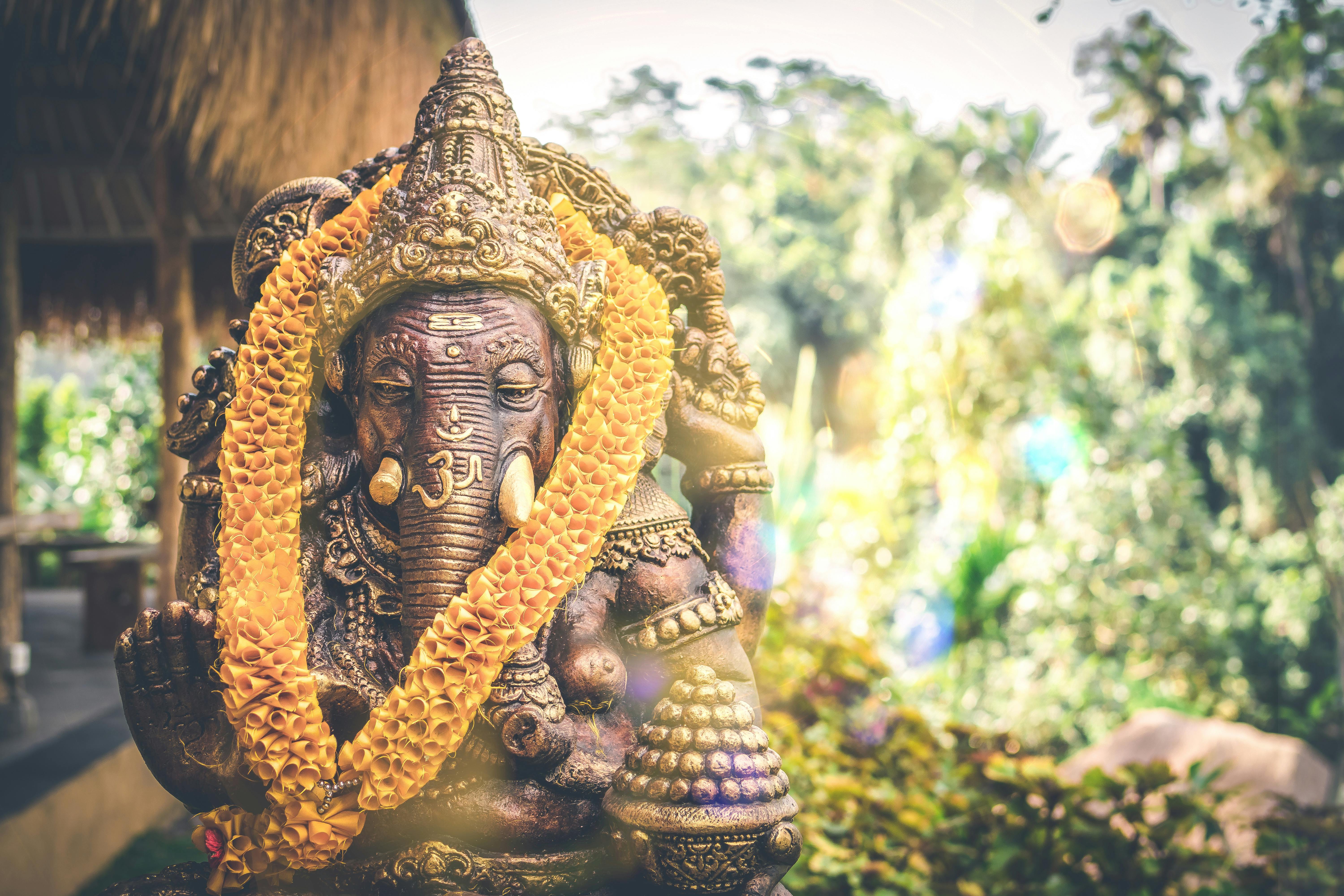There are various groups within a population that are most vulnerable to disasters. From those who are economically disadvantaged to single parent households and new immigrants. Below is our list of groups that have traditionally faced much more difficult times preparing for, responding to, and recovering from disasters and emergencies.
Economically disadvantaged
Access to wealth is the strongest measurable indicator to identify a vulnerable population. The richer a community (or family) becomes, the more access that group has to resources to help them respond to and recover from disasters and emergencies. A climatic population can afford to live in areas with low crime, better buildings, access to transportation and food, etc. Those without access to wealth run the risk of living in unsafe conditions and become more vulnerable to the effects of natural disasters. Low-income families often have poorer health, poorer diets, and chronically poor health, leading to a much longer recovery from disasters and emergencies.
One way to reduce this gap is to provide emergency kits to families who would normally not be able to purchase emergency supplies. Emergency kits offer the opportunity to level the playing field and give families access to the basic human needs necessary to survive.
Single parent families, babies and children
Single-parent households are more vulnerable to emergencies than dual-income families due to their reduced access to stable employment, transportation, and health benefits. Not having sufficient access to many of these needs puts a single parent family at greater risk of becoming a victim of a disaster. For example, a parent may choose to ignore evacuation orders because they cannot afford to be absent from work. Or they do not have the means to evacuate their family and are confined to public transportation.
Isolated individuals and the elderly
Those who are isolated may become more vulnerable to the effects of an emergency because they lack sufficient early warning systems. Early warnings of a disaster or emergency are often shared among family members and within social circles. Isolated people and older people are more vulnerable because they lack those social circles that confirm an evacuation. Isolated individuals also tend not to stay informed of ongoing news cycles; As a result, they may not be aware of evacuation orders or any emergencies.
People with intellectual, psychological and physical disabilities
Those who are psychologically and physically disabled are more vulnerable to disasters and emergencies because they may not have the ability to recognize a threat. In addition, people with physical disabilities may not be able to transport themselves to safer places. As a result, they will be more vulnerable. They may not be able to interpret environmental signals such as thunderstorms and high winds as danger signals. Also, if disabled people do not have caregivers, they may often not understand official evacuation orders and risk becoming victims of a disaster.
New immigrants and visitors
New immigrants and visitors to our country face difficulties in dealing with disasters and emergencies due to their lack of communication and social interaction. It is essential for new immigrants to learn English, not only to become citizens quickly, but to communicate with neighbors and friends during emergency situations. Neighbors are often the first to respond to any disaster, and if they don’t know your family, they won’t be willing to help.

